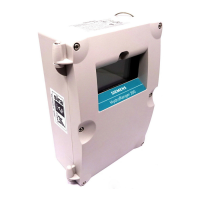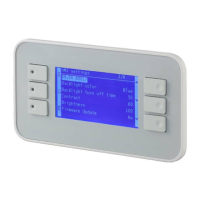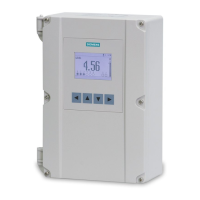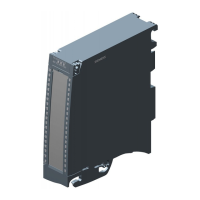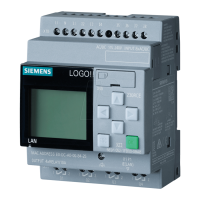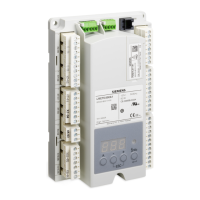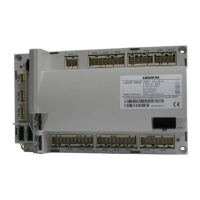Availability, mobility, and controller functionality
A31003-W1040-U101-1-7619, July 2006 DRAFT
196 HiPath Wireless Controller, Access Points and Convergence Software V4.0, C10/C100/C1000 User Guide
hwc_controlleravailmobility.fm
Mobility manager
When the Wireless APs connect to the second HiPath Wireless Controller, they will be
assigned to the failover VNS defined in setup in that HiPath Wireless Controller. The wireless
device users will log in again and be authenticated on the second HiPath Wireless Controller.
When the failed HiPath Wireless Controller recovers, each HiPath Wireless Controller in the
pair goes back to normal mode. They exchange information that includes the latest lists of
registered Wireless APs. The administrator must release the Wireless APs manually on the
second HiPath Wireless Controller, so that they may re-register with their home HiPath
Wireless Controller. Foreign APs can now all be released at once by using the Foreign button
on the Access Approval screen to select all foreign APs, and then clicking Released.
To support the Availability feature during a failover event, administrators need to do the
following:
1. Monitor the critical messages for the failover mode message, in the information log of the
remaining HiPath Wireless Controller (in the Reports and Displays area).
2. After recovery, on the HiPath Wireless Controller that did not fail, select the foreign
Wireless APs and click on the Release button (in the Wireless AP Configuration - AP
Maintenance screen).
8.2 Mobility manager
The Controller, Access Points and Convergence Software system allows multiple HiPath
Wireless Controllers (up to 8) on a network discover each other and exchange information
about a client session. This technique enables a wireless device user to roam seamlessly
between different Wireless APs on different HiPath Wireless Controllers.
The solution introduces the concept of a mobility manager, where one HiPath Wireless
Controller on the network is designated as the mobility manager and all others are designated
as mobility agents.
The wireless device keeps the IP address, VNS assignment, and filtering rules it received from
its home HiPath Wireless Controller—the HiPath Wireless Controller that it first connected to.
The VNS on each HiPath Wireless Controller must have the same SSID and RF privacy
parameter settings.
>
A Wireless AP connects first to a HiPath Wireless Controller registered as
ac_manager and, if not found, then seeks an ru_manager. If the primary HiPath
Wireless Controller fails, the secondary one registers as ru_manager. This enables
the secondary HiPath Wireless Controller to be found by Wireless APs after they
reboot.

